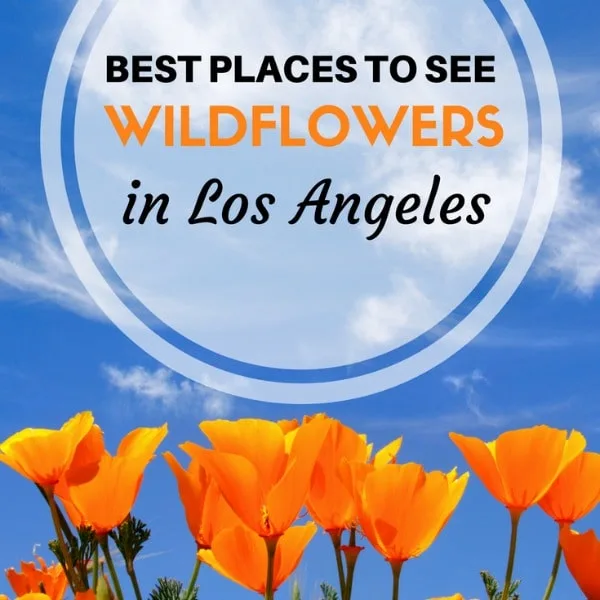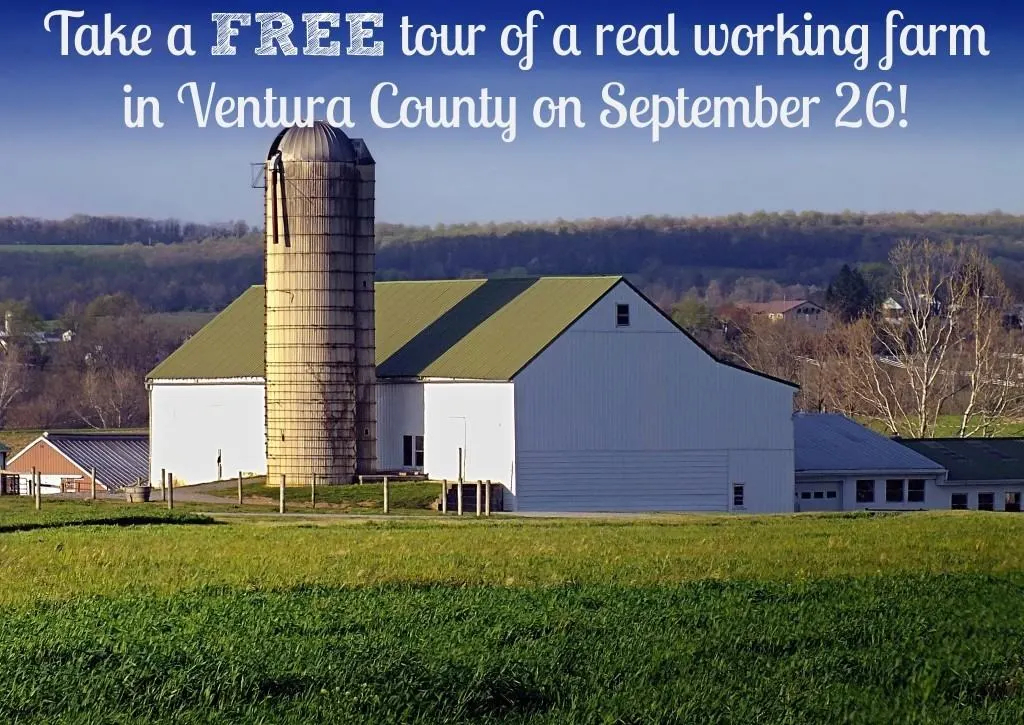20+ Places To See Wildflowers Near Los Angeles in 2024
Spring is my favorite time of year to go on a hike with my family, visit a local botanical garden in LA and explore the various wildflowers near Los Angeles. Now through May is prime time for flower fans like myself. And 2024 we are suppose to have another superbloom! In preparation for the season, …





